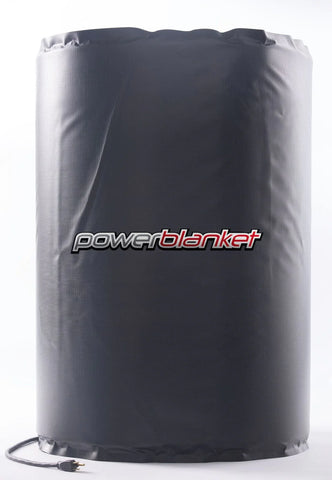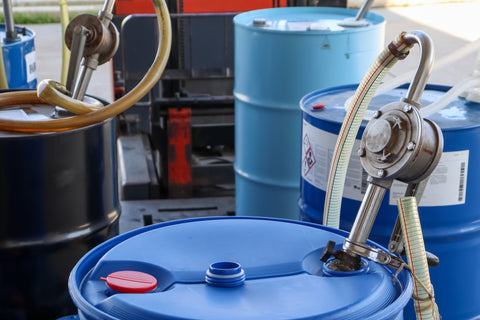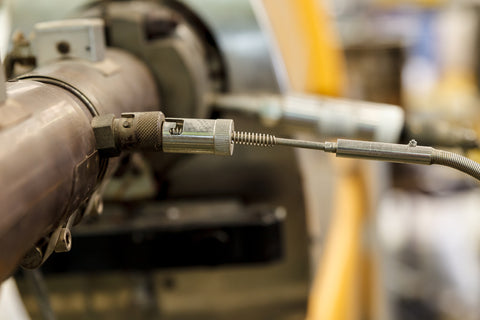The Dimensions and Practical Uses of 5-Gallon Buckets: A Comprehensive Guide
5-gallon buckets are a common and versatile item used in various industries and households. These buckets can be made of different materials, including plastic, metal, or even cardboard, and are often used to store or transport liquids, grains, powders, or other materials.
Knowing the dimensions of a 5-gallon bucket is crucial in selecting the right size for your intended use. The standard dimensions of a 5-gallon bucket are essential to know when choosing the right lid, pouring spout, or accessories. Furthermore, understanding the dimensions of 5-gallon buckets can aid in transportation and storage, as well as ensure the correct amount of material is being transported or stored.
In this article, we will discuss the standard dimensions of 5-gallon buckets, variations in dimensions, practical uses of 5-gallon buckets, benefits and drawbacks of using them, and the importance of knowing their dimensions. By the end of this article, you will have a comprehensive understanding of the different dimensions and uses of 5-gallon buckets.
Standard Dimensions of 5-Gallon Buckets
The standard dimensions of a 5-gallon bucket are defined by the National Institute of Standards and Technology (NIST). According to NIST, a 5-gallon bucket has a capacity of exactly 5 gallons, equivalent to 18.927 liters. The standard diameter of a 5-gallon bucket is 11.9 inches (30.2 cm), and the standard height is 14.5 inches (36.8 cm).
It's important to note that the height and diameter may vary slightly between manufacturers due to different molding processes or material thicknesses. However, the capacity of 5 gallons remains the same across all manufacturers. It's also worth noting that the weight of a 5-gallon bucket may vary depending on the material it's made of, with plastic buckets weighing around 2 lbs (0.9 kg) and metal buckets weighing around 5 lbs (2.3 kg).
Understanding the standard dimensions of a 5-gallon bucket is essential for selecting the appropriate lid or pour spout. Additionally, knowing the capacity of the bucket can help determine the amount of material that can be stored or transported, making it easier to manage inventory and resources.

Variations in Dimensions of 5-Gallon Buckets
Although the standard dimensions of a 5-gallon bucket are defined by NIST, there may be slight variations in the height and diameter between different manufacturers. These variations are typically due to differences in molding processes or material thickness.
Furthermore, some manufacturers may produce "heavy-duty" 5-gallon buckets with thicker walls, which can affect both the diameter and height. It's essential to be aware of these variations when selecting a 5-gallon bucket for a specific use to ensure that it's the appropriate size and capacity.
Factors such as the intended use, material composition, and storage conditions may also affect the dimensions of a 5-gallon bucket. For instance, buckets made of thicker materials may have slightly smaller dimensions to accommodate the extra thickness, while those made of more flexible materials may have slightly larger dimensions.
In summary, while the standard dimensions of a 5-gallon bucket are generally consistent, it's important to be aware of potential variations between different manufacturers and to consider factors such as the intended use and material composition when selecting a bucket.
Practical Uses of 5-Gallon Buckets
5-gallon buckets have a wide range of practical uses in various industries and households. One common use is for the storage and transportation of liquids, such as water, cleaning solutions, or paint. The standard dimensions of 5-gallon buckets make them a convenient option for storage and transport, especially when moving large quantities of liquids.
Another common use for 5-gallon buckets is as a container for dry goods, such as grains, flour, or pet food. The size and capacity of 5-gallon buckets make them ideal for storing large quantities of dry goods, and the airtight lids available for these buckets help to preserve the freshness of the stored material.
5-gallon buckets are also popular in the construction and landscaping industries. These buckets are often used for mixing and transporting cement, sand, or other building materials. The standard dimensions of 5-gallon buckets make them an easy-to-use option for mixing and pouring materials on a job site.

Other practical uses for 5-gallon buckets include gardening, composting, and as a makeshift toilet in outdoor settings. The versatility of these buckets makes them a useful tool to have on hand in many different settings and situations.
Knowing the dimensions of 5-gallon buckets is essential for selecting the appropriate size and capacity for a specific use. It's also important to consider the material of the bucket and the lid type to ensure that it's suitable for the intended purpose.
5-Gallon Buckets: A Versatile Tool for Various Industries and Households
In conclusion, 5-gallon buckets are versatile and useful tools for various industries and households. Knowing the standard dimensions of 5-gallon buckets is essential for selecting the appropriate size and capacity for a specific use. It's also important to consider variations in dimensions between manufacturers and consider factors such as material composition and intended use.

5-gallon buckets have many practical uses, including storing and transporting liquids and dry goods, mixing building materials, and gardening. However, it's important to be aware of potential drawbacks, such as weight and contamination, when using these buckets.
Overall, understanding the dimensions and practical uses of 5-gallon buckets can help to ensure safe and effective use, making them a valuable tool for many different applications.







